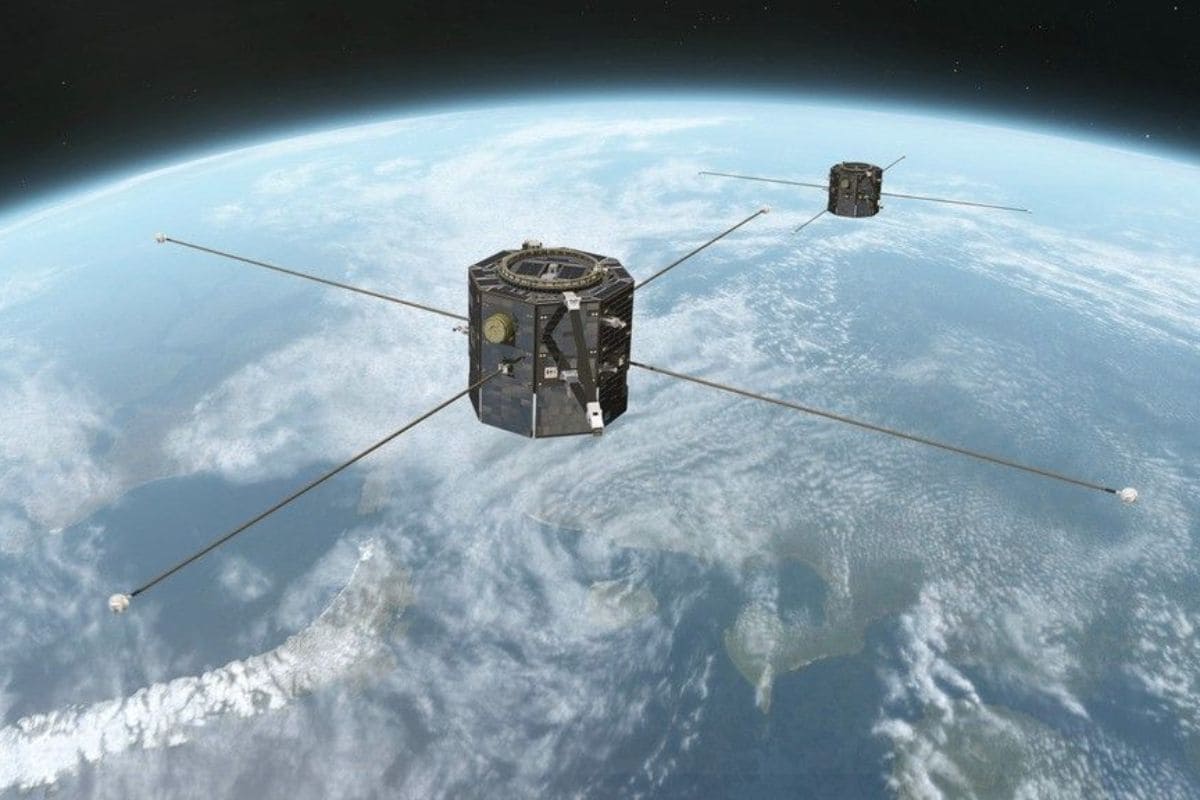The NASA mission operations team has recovered contact with Space Vehicle-1 (SV1) of the TRACERS mission and is performing recovery actions in order to resume spacecraft operations. Engineers are studying its systems to determine what caused the communication malfunction. After any issues are pinpointed, the team will begin working to bring science operations back online. The TRACERS mission, which stands for Tandem Reconnection and Cusp Electrodynamics Reconnaissance Satellites, investigates Earth's magnetosphere and energy exchange within the system.
NASA Restores Contact with TRACERS Spacecraft
According As per NASA, the two satellites have collaborated to track the interplay of magnetic fields and charged particles in the upper atmosphere. This created voids in crucial data when SV1 went out of contact with the partnership. It is thus critical to recover SV1 for the mission to achieve its science objectives.
Recovery Steps and Ongoing Efforts
Mission specialists are now closely investigating the critical systems on board SV1, such as power, communications and navigation. They're also running checkouts of the onboard instruments to ensure that data collection can continue as planned. Should discrepancies occur, remedial measures will be implemented. The priority is to stabilise the contact so outages cannot recur.
They have restored communication, but that does not make the craft operational. There are still some checkpoints to achieve, such as downloading telemetry, instrument calibration confirmation and checking the responses of subsystems. TRACERS will be returned to full science operations only after this sequence of events has occurred.
NASA adds that the connections represent a major step forward, but recovery efforts are still underway. There will be additional findings released to the public and scientific community. Spacecraft diagnosis from orbit is maddening, but hope remains high for SV1's speedy return to duty.

Comments
Post a Comment